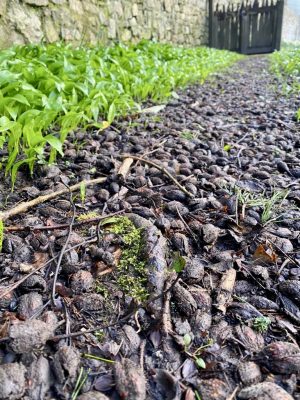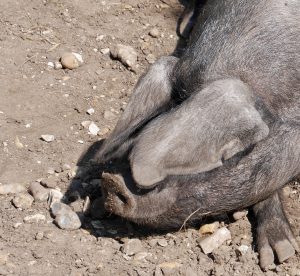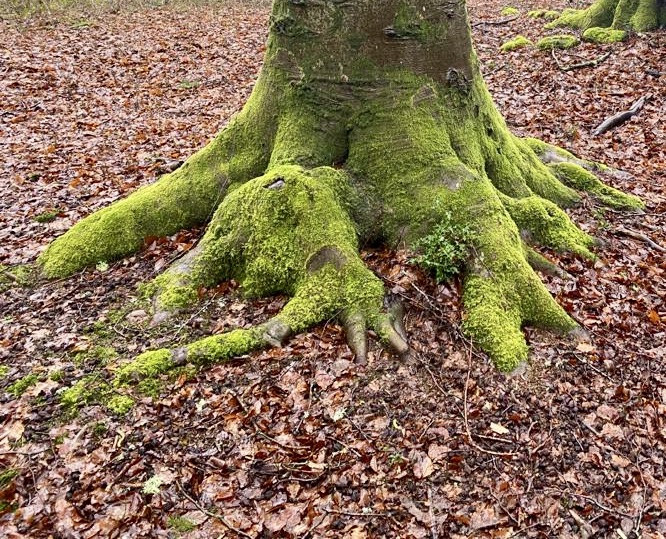Mast Years

Mast is the production of an enormous number of seeds, this can be seen not only in ‘traditional’ trees like beech and oak, but also monkey puzzle trees, certain pines and spruces. In fact, mast years occur in species from 37 different plant families, though it tends to be restricted to long lived woody species, that ‘use’ wind pollination. During mast years, it is basically impossible for animals to eat all the seeds ("predator satiation") so many seeds survive to the following spring and germinate. In other years, a poor seed set may result in dramatic effects on herbivore populations (red and grey squirrels, dormice, wild boar etc).
In the case of beech, records suggest an underlying pattern of masting every two years but in practice really heavy masts (in England) are several years apart (between 5 and 12). The ‘signal’ for heavy masts may be a combination of climatic factors such as late spring frosts, or summer droughts. However, recent research suggests greater warmth in the previous two Springs and Summers (growing seasons) may be the trigger.
Quite how the trees ‘remember’ the warmth that they have experienced is not known; but one thought is that it is due to what is termed ‘epigenetic marking’. It is possible that the DNA of the genes that affect flowering is changed by the warm temperatures. The activation of particular genes can be altered by their DNA undergoing methylation - where -CH3 groups are added (or removed) from the DNA. It seems that two warm growing seasons are needed for the genes in the growing points (apical meristems) to initiate flowering - which will lead to seed set.
 Curiously, heavy beech mast years do not necessarily make for good oak or ash mast years. Heavy cropping years may be more frequent for oak than beech. Large quantities of acorns were important in historical times as it allowed for pannage; letting pigs in woodlands and forest so that they could feed on the acorns, beechmast, chestnuts - which helped fatten them prior to slaughter. This raising of pigs was a right or privilege given to local people on common land and sometimes in royal forests. Pannage is recorded in the Domesday Book. The practice is still to be seen in the New Forest. The duration of the New Forest pannage season varies, depending on the weather and when the acorns fall. In some years, the pannage season is extended beyond 60 days due to the large number of acorns.
Curiously, heavy beech mast years do not necessarily make for good oak or ash mast years. Heavy cropping years may be more frequent for oak than beech. Large quantities of acorns were important in historical times as it allowed for pannage; letting pigs in woodlands and forest so that they could feed on the acorns, beechmast, chestnuts - which helped fatten them prior to slaughter. This raising of pigs was a right or privilege given to local people on common land and sometimes in royal forests. Pannage is recorded in the Domesday Book. The practice is still to be seen in the New Forest. The duration of the New Forest pannage season varies, depending on the weather and when the acorns fall. In some years, the pannage season is extended beyond 60 days due to the large number of acorns.

Comments are closed for this post.

Hmmm, in our local woodlands we have seen 3 mast years in the last 10 years. This year would have been a mast year but the long dry winter and summer saw acorns begin to form and then development stopped. Acorns started dropping in early August. The last mast year here was three years ago, just before the covid lockdown.
There was a mast year 4/5 years before that.
IM Howard
10 September, 2022